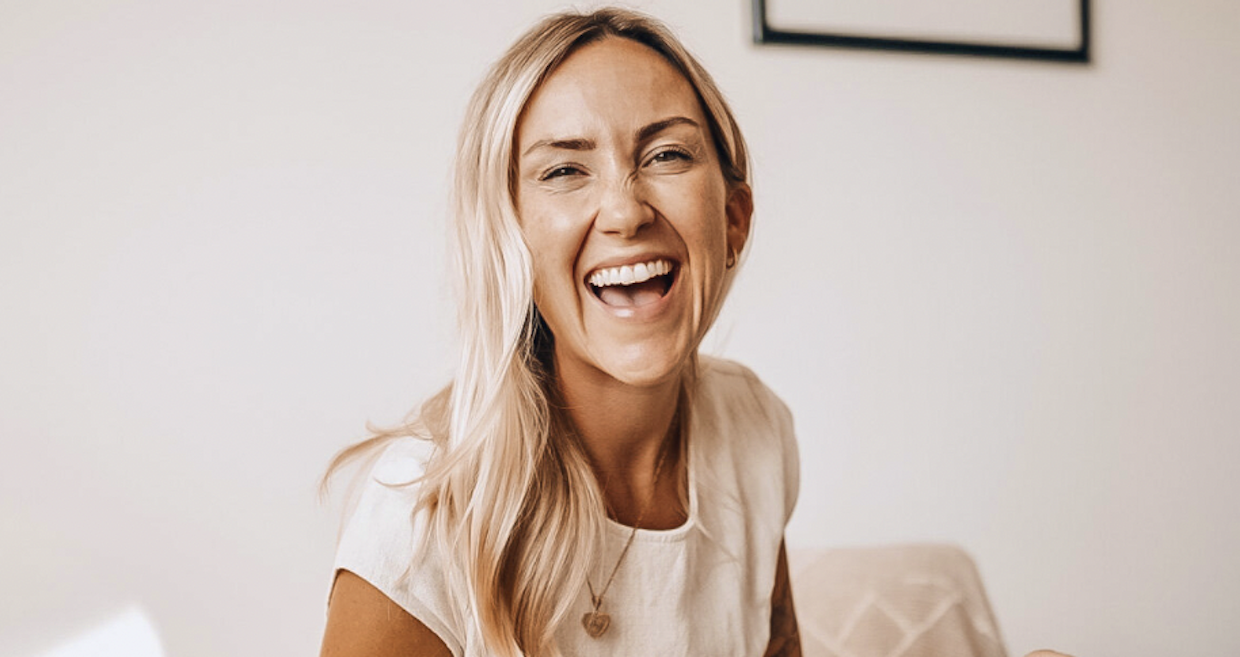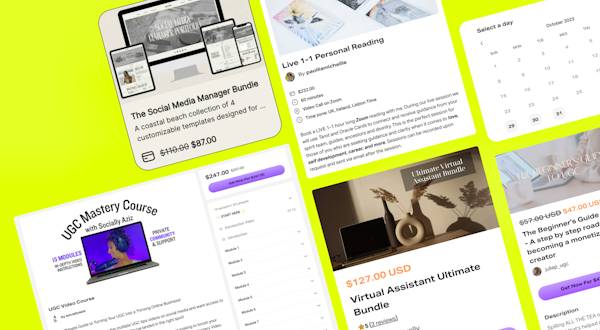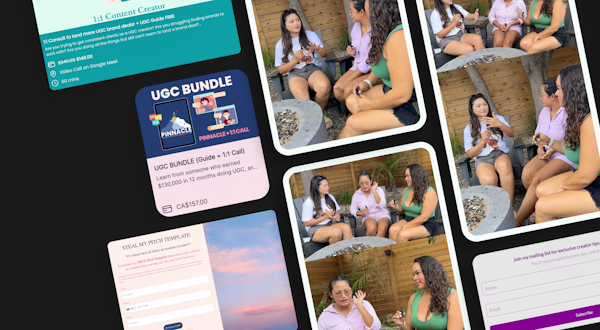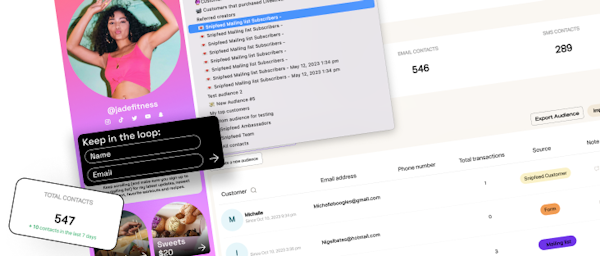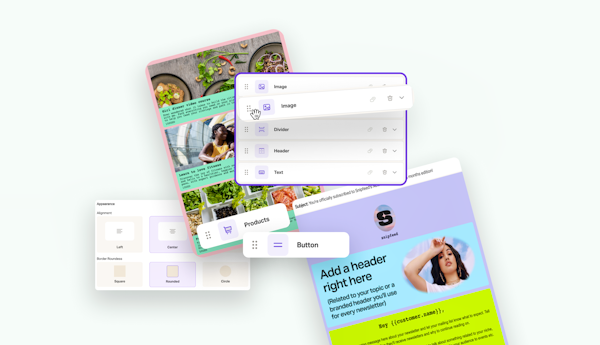Just go to her comment section to see for yourself.
Rachel Havekost’s most popular TikTok of 2021 features her standing before the camera and role-playing a conversation between two people. The first person says, “I’m sorry I shouldn’t be putting this all on you,” and the second responds, smiling, “you’re not putting it on me. You’re putting it in front of me, and we’re looking at it together.” The first person stares at the camera, with an expression of both hope and bewilderment.
In just two sentences, Rachel’s video touches on the guilt that those who struggle with mental illness can feel when communicating their feelings to loved ones, and the relief that they also might feel when receiving a response such as the one provided. The TikTok is a prime representation of Rachel’s content, which offers heartfelt mental health guidance to her engaged 259.8K followers. Rachel communicates everything from coping mechanisms, such as explaining how dance can heal trauma, to straight-forward advice, through using a mix of trending sounds, role-playing, and stitching together videos from her own life.
Rachel started to create content without any expectation of growing her platform. Instead, she set out to use social media as a tool to promote a variety of resources she’s created for those struggling with mental illness. These resources, which you can view on her personal site, include everything from free journaling templates to a memoir she recently published, about her personal battle with divorce, mental illness, and a crippling eating disorder.
Since the early age of 15, Rachel combated eating disorders, depression, and anxiety. In college, these symptoms took a turn for the worse. Rachel was hospitalized and left with little choice other than to take a leave of absence. At this time, Rachel mentions that she recognized she needed help, but really was unsure of how to seek it. She adds, “there wasn’t this beautiful destigmatization around mental health that exists today because of social media.” Instead, she was left with the feeling that bringing up anything other than “happiness and joy” with her peers would be considered out of place. During her leave of absence, Rachel checked into an outpatient program. Here her world was opened to learning about her mental health, identifying coping mechanisms and discussing how she could communicate her needs going forward.
After Rachel’s outpatient experience, she felt drawn to help others who were suffering as she had, which led her to enroll in a Mental Health Counseling Masters program. However, Rachel was again faced with severe depression. She then made the difficult decision to withdraw from her program.
In 2017, Rachel wrote for the first time about her experience with mental illness. She started posting her musings to her blog and began to receive more and more feedback from readers who found solace in her story. Yet at this point, Rachel encountered an additional roadblock when her husband (at the time) expressed his concern that if she were to choose to make this her career (writing about mental illness) that she would always have to be unwell herself. For some time, Rachel grappled with this concern.
Fast forward to 2020, Rachel went all in on writing about her personal journey with mental illness. She published her memoir, Where The River Flows, and has published multiple different free and for-sale workbooks, as well as regularly hosting workshops where she provides guidance to those seeking her counsel. She also offers private 1:1 consultations through Snipfeed to support clients with their healing journey, and provides personalized responses for matters related to mental health or business, using Snipfeed’s Q&A feature.
On the topic of going “all-in” on writing about mental health and supporting others with their healing, Rachel adds: "[Talking about mental health] is what I care about. If it means I’m a little more unwell sometimes but I can be in service of what I’m passionate about, I would rather do that than feel like my life means nothing. So I committed full force. I shifted my Instagram [...] to focus on talking about mental health, and over the course of 2020 I just continued to make my mission, ‘I just want to make one person feel less alone.’ If that’s all I do, then I’ve completed my mission.”
When asked about how she manages being a content creator, who inherently spends a significant portion of time online, while also prioritizing mental health, she outlines the importance of communicating boundaries to one’s audience so “they’re clear on how I’m using social media and so they know what to expect and respect my boundaries.” Rachel has outlined these guidelines in one of her highlights titled “Boundaries.” Some of these boundaries include the fact that she can’t provide counseling in DM’s (if the answer is already available in her posted content), she doesn’t go on social media on the weekend, and doesn’t tolerate bullying. This clear framework allows her to protect her energy, she adds, and allows her profile to be more of a “safe space” for her followers.
“And when I say not going on Instagram on the weekend, I’ll still open the app. I’ll still look and check things. Right? Like, I’m not a saint when it comes to that.” She laughs. “But I won’t post, I don’t post stories, and I don’t respond to content or DM’s.”
It is likely Rachel’s unfiltered transparency that draws many to consume her content, whether this be reading her book or following her on social media. One comment on her TikToks reads, “You are saving lives. You are a precious gift. You turned your own pain into purpose, and became the game-changer we all needed.”★
Find Rachel on TikTok at @rachelhavekost and on Instagram at @rachel_havekost.
